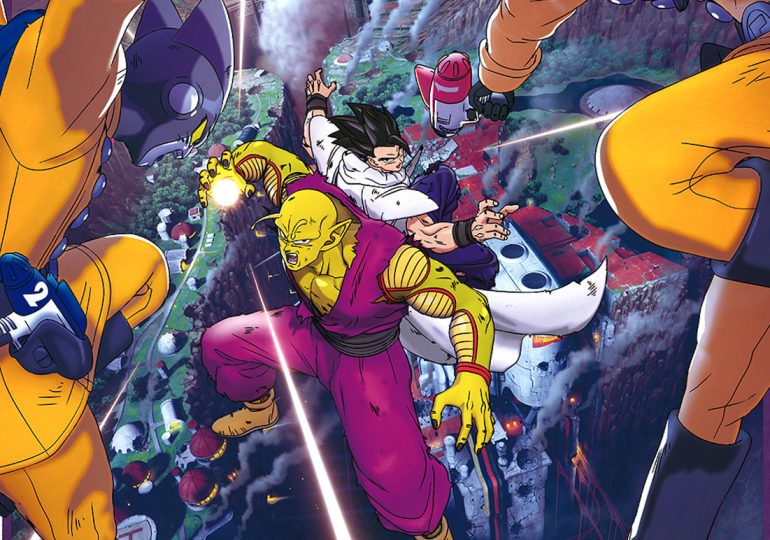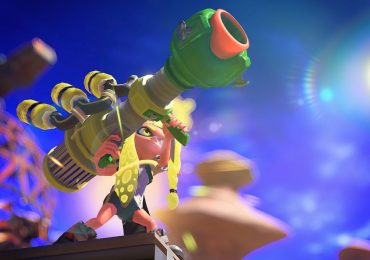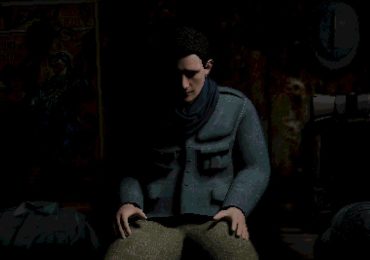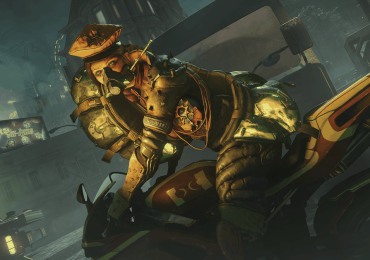Before I saw Dragon Ball on VHS tapes in American flea markets and airing on Toonami, I saw it on TV in Guatemala, crowding around a tiny set with distant cousins I barely knew, in a language I had little command of. I learned to say Goku in Spanish before I did in English — you stress the second syllable a little more, let that last vowel ring out just a bit longer. Go-khoo. I didn’t know it at the time, but Dragon Ball — and Akira Toriyama, its creator — would follow me my whole life.
For an entire generation all over the world, Akira Toriyama was anime. Alongside a handful of works like Naoko Takeuchi’s Sailor Moon, Toriyama’s Dragon Ball was the medium’s trailblazer, the first step for many fans’ long journey in anime, or perhaps even the destination itself. His red-hot popularity on Dragon Ball would peak multiple times, first as a manga, then as multiple anime series. In between all that, he would also go on to influence a third medium, working as the artist and designer for Yuji Horii’s Dragon Quest and its many, many sequels and spinoffs — casually creating perhaps the most iconic monster design in all of video games.
Even with the infinite space afforded by the internet, it would take a long time for even a modest accounting of Toriyama’s influence on popular culture. Toriyama’s work is foundational, lying in the bedrock of everything that came after it: His characters were namechecked by rappers, his approach to action molded countless conflicts on page and screen, his merch ran the gamut from clothing of dubious legitimacy to a whole damn Macy’s Thanksgiving Day Parade float.
[embedded content]
Akira Toriyama’s work on Dragon Ball started out largely for and about young boys, but then he never stopped making it. And in turn, those boys — both in his fiction and his audience — grew up. It’s worth stressing how unusual this was and still is: While shonen manga and anime are famously long-lived, its characters rarely age to the same degree, or transition into a generational epic. Son Goku, Dragon Ball’s protagonist, begins the story as a boy sent to Earth to conquer it for his homeworld, until a bop on the head turns him into a carefree goofball raised by a kind adoptive father. In Dragon Ball Super, he’s a (still quite young-looking) grandfather. While the bombast of Toriyama’s action and the nobility of his heroes stayed static, the things that happened in between those cosmic conflicts changed. Marriage, careers, family — all different arenas for his superhuman heroes to be strong. And also really, really funny.
From the broad comedy of his breakout manga/anime Dr. Slump to the toilet humor in the very first chapter of Dragon Ball, Toriyama displayed a love for big juvenile belly laughs that was arguably bigger than his tremendous skill and fondness for bone-breaking action. Toriyama loved a pervert, but also, like everything else in his work, the perverts too must grow up, however reluctantly. For a long stretch of my adult life, I thought I was done with Dragon Ball — nothing wrong with potty humor or endless kickass brawls, but it was time for a new wave, you know?
In recent years, however, I’ve found myself wandering back bit by bit, increasingly interested in what happened outside of the fights, and the later punchlines of Toriyama’s gags. The ridiculousness of men like Vegeta who can’t appreciate the warmth of the family they’ve formed and fought for or the difficulty a guy like Goku causes for everyone around him when he doesn’t balance his passion (fighting) with his responsibilities (finding a new hobby). In putting the stoic green alien Piccolo in a constant comedy of manners with the family of Gohan, the grown man who still looks up to him as a father figure, Dragon Ball quietly comes to grips with the limits of a masculinity modeled on strength, and grins its way to a better one built on kindness and empathy.
One of the things I’ve never really grown accustomed to about aging is the way that I’ve always expected to feel a certain way at a given age, and never do. In many ways, I’m glad not to be the person I was 10 years ago, and am fully aware of the gulf between then and now. In other ways, I feel very much the same, just more aware of my slow accrual of physical limitations. I’m not sure that dissonance will ever really go away. Dragon Ball speaks to that, I think. I’m still the young man who wants to fight every injustice I see on my own, but I’m also the older, more level-headed guy that knows that doing things together is how we make progress, that angry isn’t the only way to get things done. I will still laugh at a stupid sight gag, but I’m also fine with not finding some things funny anymore, and not looking back in shame, but appreciation for having the chance to grow.
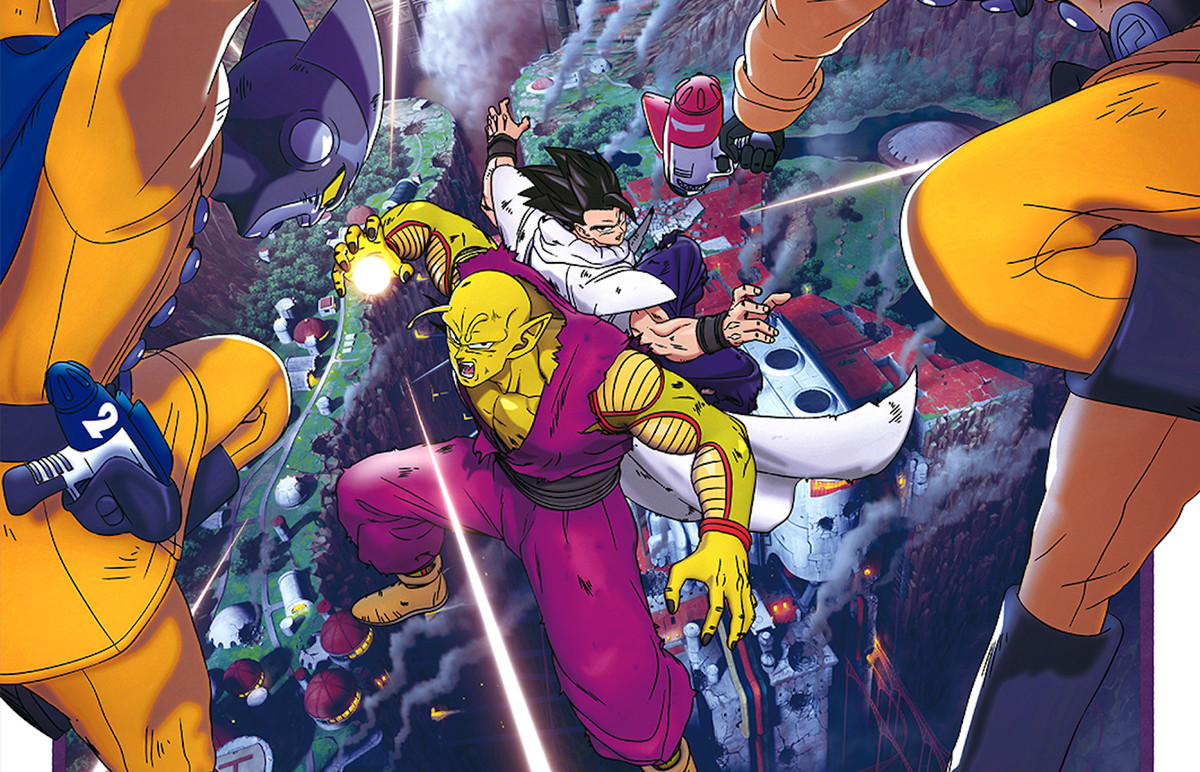
Lately I’ve been getting into Dragon Quest, a franchise that Toriyama primarily worked on as character designer, with Yuji Horii typically serving as writer. Despite his very different role on Dragon Quest games, the series is very simpatico with Dragon Ball — while the former prefers the comfort of fairy tales as opposed to the latter’s signature slugfests, both are tremendously concerned with the slow passage of time, and their protagonists’ growth throughout. Like every classic coming-of-age story, they’re about being thrust out of your door and into the world, about what it takes to keep going indefinitely, only to look around you and find that there are others there beside you, for a little while or for years on end.
It saddens me to know that Akira Toriyama isn’t on that road with me anymore, that his journey is over so much sooner than I thought it would be. But I go on, and so do you, as does all the work Toriyama leaves behind. I could follow it around the world, hearing Goku’s name in every language. I haven’t been back to Guatemala since that time I was there as a kid, by the way. I’d love to return. I’d love to see how everyone’s grown, and see if they remember watching Dragon Ball with me. I have the words now.
